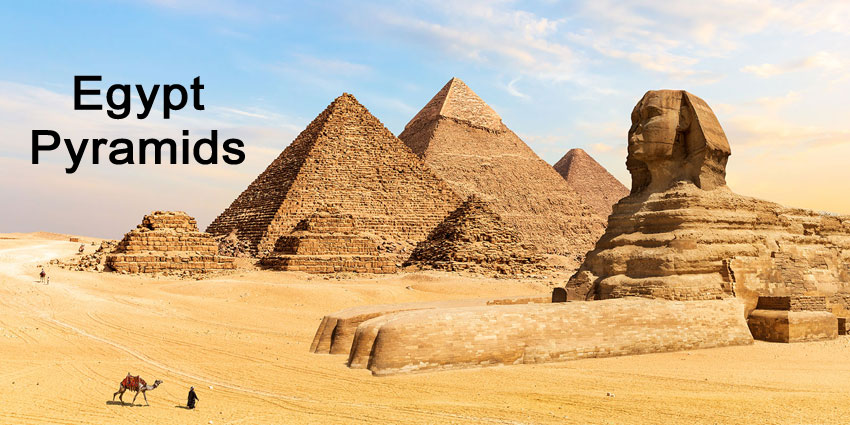The Egypt Pyramid: A Timeless Wonder of the Ancient World
Egypt Pyramid stands as one of the most enduring symbols of human ingenuity and ambition. Built thousands of years ago on the Giza Plateau near Cairo, these monumental structures continue to inspire awe, curiosity, and research among historians, travelers, and archaeologists alike. When people think of ancient civilizations, the pyramids of Egypt often come to mind first, representing not just architectural achievements but also cultural and spiritual milestones.
Origins and Purpose
The construction of the pyramids dates back more than 4,500 years during the Old Kingdom period. The most famous among them is the Great Pyramid of Giza, commissioned by Pharaoh Khufu around 2600 BCE. Egypt Pyramid Unlike simple burial sites, these massive monuments were designed as elaborate tombs intended to safeguard the pharaoh’s journey into the afterlife. They reflected both religious devotion and the Egyptian belief in eternity, with every block carefully placed to align with celestial bodies.
Engineering and Construction
Egypt Pyramid
What makes the Egypt Pyramid especially remarkable is the advanced engineering required to build it without modern tools. Historians estimate that over two million limestone blocks were used, each weighing several tons. Workers employed ramps, sledges, and sheer manpower to position the stones precisely. To this day, experts debate the exact methods used, but the outcome remains an extraordinary feat of human determination and coordination.
Cultural Significance
Egypt Pyramids
Beyond their physical presence, the pyramids embody the worldview of ancient Egyptians. The triangular shape symbolized rays of the sun, connecting earth with the divine. Hieroglyphs inside tombs reveal rituals, prayers, and offerings that ensured the pharaoh’s protection in the afterlife. The Egypt Pyramids were not isolated creations but part of a larger funerary complex including temples, causeways, and satellite pyramids, underscoring the sophistication of ancient Egyptian society.
The Great Pyramid of Giza
The Great Pyramid, also known as Khufu’s Pyramid, is the largest and most studied of all. Originally standing at 146 meters (481 feet), Egypt Pyramids it was the tallest man-made structure on Earth for nearly 4,000 years. It is the only surviving member of the Seven Wonders of the Ancient World, making it a must-visit destination for millions of tourists annually. UNESCO designated it as part of the World Heritage Site of ancient Memphis and its Necropolis, safeguarding it for future generations.
Egypt Pyramid
Modern Relevance and Tourism
Today, the Egypt Pyramid is more than an archaeological treasure it is a symbol of national pride and a cornerstone of Egypt’s tourism industry. Millions of visitors travel to Giza each year to walk along the desert sands, marvel at the monumental structures, and experience history firsthand. In addition to their historical role, the pyramids provide valuable insights into ancient technology, labor organization, and architectural design that still influence modern studies.
Conclusion
Pyramids of Egypt remain unmatched in their scale, beauty, and mystery. They remind us of humanity’s ability to transcend time, creating landmarks that endure for millennia. Whether viewed as engineering miracles, spiritual monuments, or cultural icons, the Egypt Pyramid continues to stand as an eternal bridge between past and present. For anyone interested in ancient history or world wonders, the pyramids of Giza are not just monuments they are timeless stories carved in stone.
Source: UNESCO World Heritage Centre






